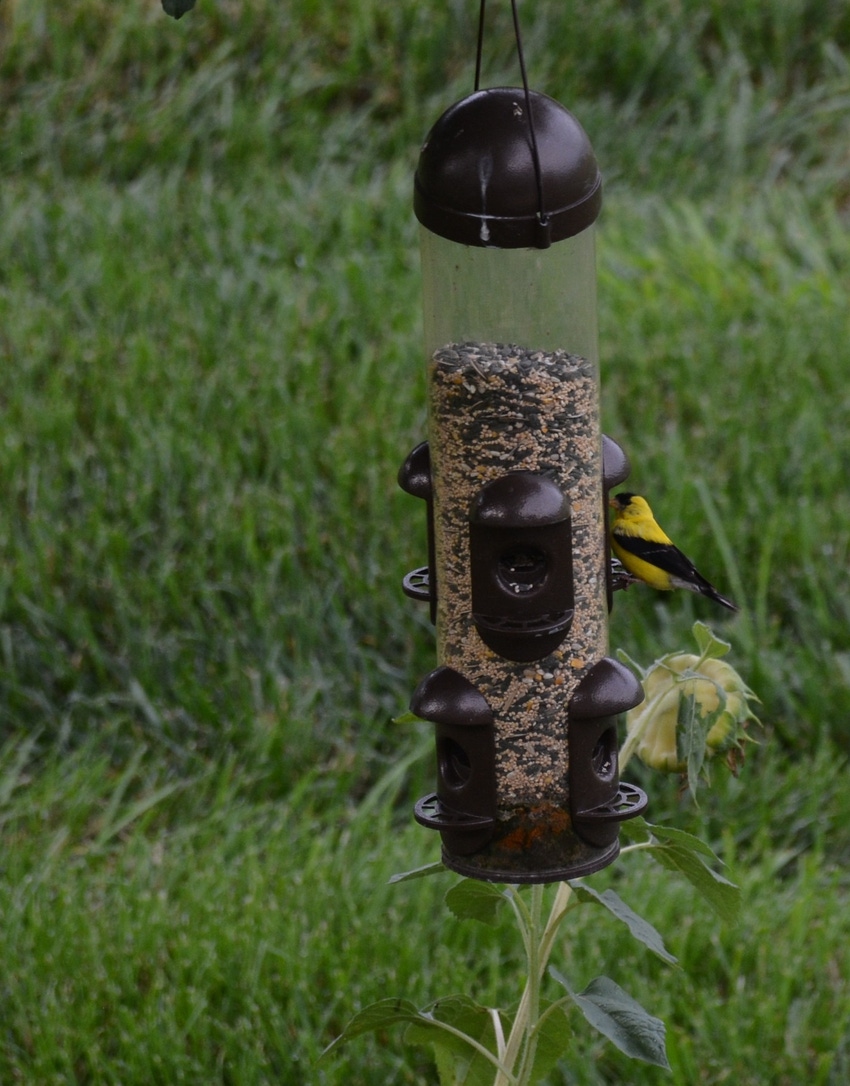
I tried to read Silent Spring once. Maybe I should give it another shot, but I found it to be as dry as the landscape author Rachel Carson depicted in what is now considered a landmark work of environmental awareness.
From what I remember of what I read, the book painted a grim picture of life without insects. I recall a bit of hyperbole, but also some sobering observations about the consequences of indiscriminant use of pesticides. Carson’s big target, DDT, is no longer allowed in the United States.
Silent Spring created an awareness of the need to follow a more judicious approach to pesticide applications. That heightened perception of the long-term effects of pesticide is credited for bringing about significant change in the way farmers, pest control operators, government agencies and consumers view the way we control crop pests, mosquitoes and the icky cockroaches than creep me out almost as much as a snake in the house would.
Carson’s work continues to exert an influence 55 years after publication. Some credit Silent Spring for creation of the Environmental Protection Agency, an organization that’s often condemned for regulatory overreach, but also praised for cleaning our water and air and protecting our soil.
Most farmers now rely on integrated pest management approaches to control weeds, diseases and insects in cropland. IPM promotes judicious use of crop protection chemistry, an approach that conserves natural resources, protects crops from needless chemical residue and saves farmers money since they apply only what’s necessary. Soil, water and wildlife all benefit from this conservative pest management system.
TARGETED APPROACH
Modern crop protection chemistry also depends on a more targeted approach—specific products for specific pests and at lower rates than were possible back in 1962. Plant breeders have developed disease and insect tolerant cultivars that further limit the need for crop protection chemistry. In recent years the major crop protection manufacturers have launched wide ranging programs designed to help protect pollinators—including honey bees—wildlife and, butterflies. Sound science now creates more environmentally sensitive chemistry that still protects target plants.
Silent Spring likely spawned a generation of environmental activists, some of whom do good work, but others who take a narrow approach to ecology that ignores or refuses to acknowledge the need to protect crops from pests effectively, efficiently, and economically. We see reports extolling the virtues of organic only, non GMO, gluten free and free-range as the only reasonable ways to produce food and fiber, while ignoring the more realistic approach of judicious use of effective technology.
The past five decades have witnessed a revolution in crop production and crop protection advances, some of which were undoubtedly inspired by Carson’s book. Now we are at what could be a crossroads where some promote severe reductions in environmental regulations; others insist on equally severe tightening restrictions on pesticide use and industrial pollutants. Neither extreme seems wise. A well-reasoned science-based system that evaluates chemistry and application methods makes much more sense.
I enjoy a therapeutic walk almost every morning, and part of the attraction that prompts me to get out of bed and lace up my walking shoes comes from observing changing seasons, weather systems moving across the mountain range, and lately, as spring takes hold, the sounds of birds chirping along my established route. I can identify the songs of robins, mocking birds, and cardinals. Others remain mysteries, but are equally enjoyable. A silent spring would be an unspeakable tragedy.
About the Author(s)
You May Also Like






